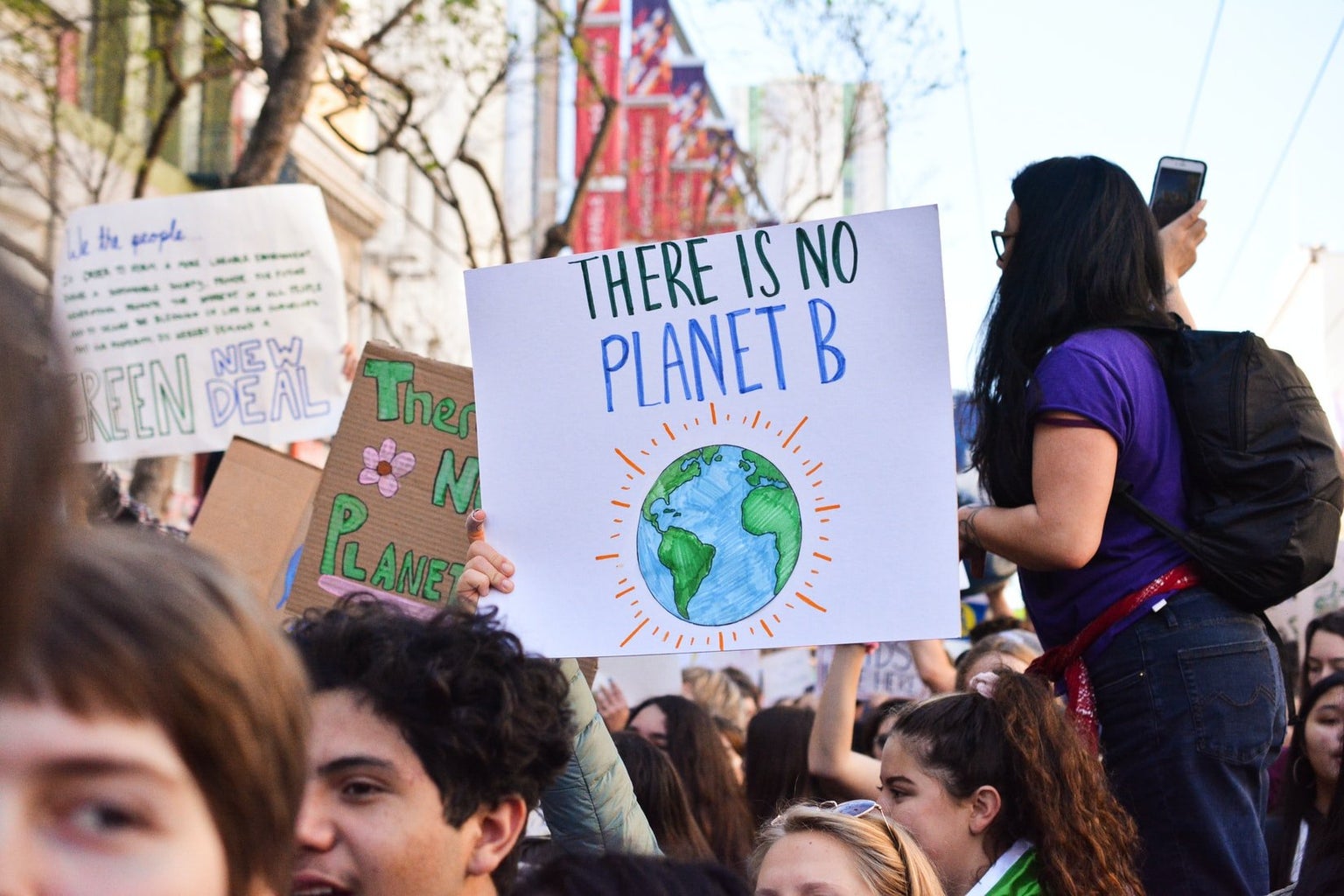Over the last year, I have learned bits and pieces about sustainability in our country from my friend who is a minor in Sustainability Community Development here at the University of Massachusetts. While most people often think of paper straws or recycling when they hear sustainability, the coursework in the minor touches on topics that are much deeper and often ignored.
I asked my friend five major things she has learned in her time at UMass from her classes in “sustcomm” and I took it upon myself to research them a little more.
- “When people move to the suburbs, especially recently with COVID-19, it kills the local economy and increases carbon emissions as a result because cars are relied on heavily.”
I didn’t need to do much research on this one, I felt like I had a pretty solid understanding of what she meant. Naturally, people wanted out of busy cities during the height of the COVID-19 pandemic. When locations changed, particularly out of town or to the suburbs, the foot traffic decreased as more people needed to drive places. Car pollution harms our environment and puts more greenhouse gasses into the environment which increases carbon emissions as a result.
- “Housing codes and materials that improve sustainability so we can build but lower carbon costs.”
According to the National Center for Healthy Housing, by definition, housing codes “are the backbone of an effective healthy homes program. The codes set the minimum standards that must be met by all housing — whether existing or new — to protect the health of the residents. Some communities call them property maintenance codes or sanitation codes but their scope and function are similar.” Carbon pricing is an instrument that is used to measure external costs of greenhouse gas emissions; “the costs of emissions that the public pays for … usually in the form of a price on the carbon dioxide (CO2) emitted.” In 2015, the American Institute of Architects released an article about lowering your carbon footprint while building. A way to do that is to use “specify” low carbon materials and design lower carbon concrete mixes such as slag, calcined clays, ash, etc. to help reduce the amount of carbon used when building.
- “How cities work on combined sewage overflow especially in places with unfortunate drinking water supplies.”
The United States Environmental Protection Agency defined CSO’s by saying “combined sewer overflows (CSOs) contain untreated or partially treated human and industrial waste, toxic materials, and debris as well as stormwater.” A combined sewer system collects rainwater run off and other wastewater into one pipe. The article states that “these overflows, called combined sewer overflows (CSOs), contain not only storm water but also untreated human and industrial waste, toxic materials, and debris. They are a major water pollution concern for the approximately 772 cities in the U.S. that have combined sewer systems.”
- “Urban greening in cities will be the way that we can save our planet, our economy and our urban culture.”
Urban greening in simple terms is making an urban space greener. Green meaning better for the environment. ANS Global states; “it has been defined as ‘public landscaping and urban forestry projects that create mutually beneficial relationships between city dwellers and their environments.’” In general, more common examples of this are planting trees, landscaped green areas in an area defined as urban. Benefits of urban greening include: combats air and noise pollution, offsets carbon emissions in the local area, and soaks up rainwater that may otherwise create flooding.”
- “Gentrification in cities like Boston, Buffalo and Detroit.”
I’ve learned a lot about gentrification in the last couple of years. This idea of low-income neighborhoods changing by wealthier people moving in has never sat right with me. The worst part? That those people living in the “poor neighborhoods” before gentrification are displaced in the process. The Daily Free Press, Boston University’s newspaper reported last year that Boston ranked third in most intensely gentrified city in the United States between 2013 and 2017. Gentrification is a major problem across the country, but in my home state, it’s insanely important to pay attention to and advocate against it.
Can’t get enough of HC UMass Amherst? Be sure to follow us on Instagram, listen to us on Spotify, like us on Facebook, and read our latest Tweets!




